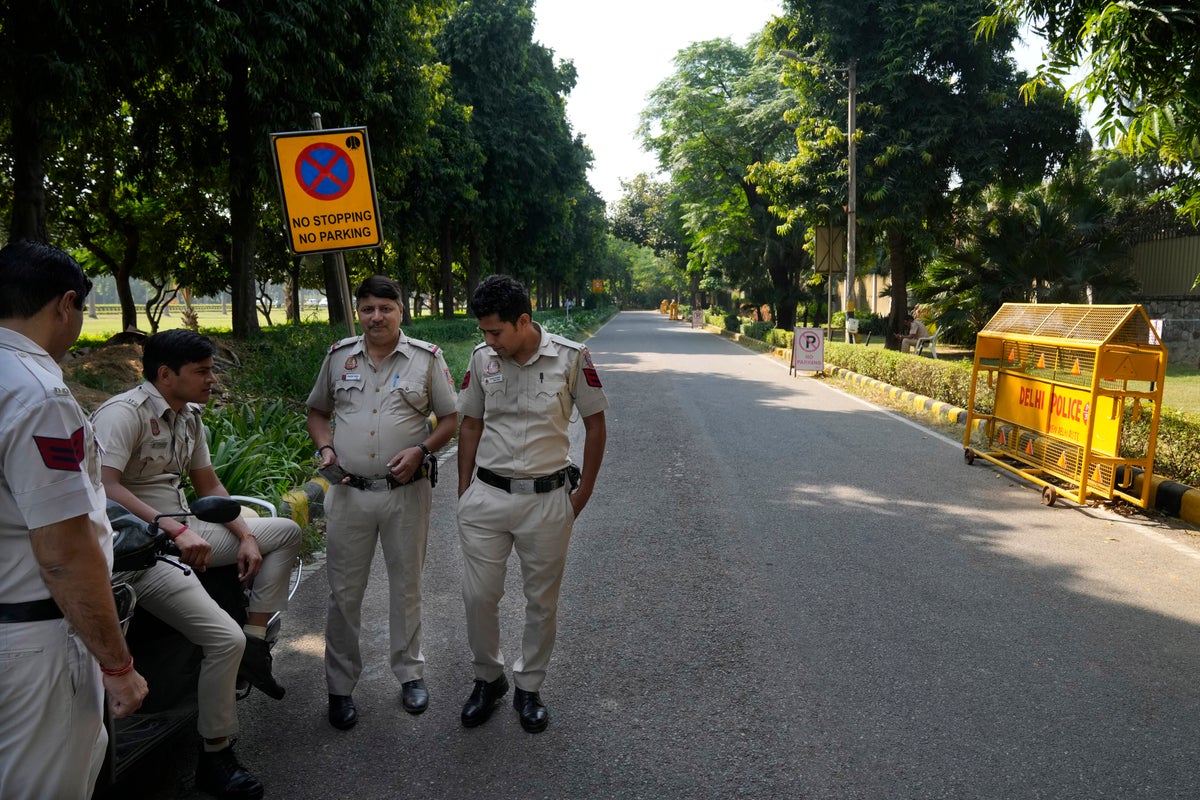3
Have you ever thought what Typhoon Biparjoy looks like from space? Well, NASA has the answer in the form of satellite images that look just as scary as they do on Earth. The NOAA-20 satellite’s Visible Infrared Imaging Radiometer Suite (VIIRS) acquired a natural-color image of the storm on June 14, the day before it landed.
According to the press release from NasaThe long-lasting typhoon had sustained winds of 129 km/h on June 14, making it a Category 1 hurricane on the Saffir-Simpson Wind Scale.
Around 74,000 people have been displaced to shelters in the coastal region of Gujarat ahead of Cyclone Biparjoy’s expected landfall in Kutch district this evening.
Biparjoy turned into a typhoon in the early hours of June 6. According to Roxy Mathew Koll, a climatologist at the Indian Tropical Meteorological Institute, sea surface temperatures in the Arabian Sea are 31°C to 32°C in early June. i.e. 2°C to 4°C above the climatological average. The rule of thumb among scientists is that the ocean temperature must be above 27°C to sustain a tropical cyclone.
According to India’s meteorological department, Biparjoy may be the longest-lived cyclone in the Arabian Sea, after Kyarr in 2019, which lasted nine days and 15 hours. On June 14, the Arabian Sea held Biparjoy for more than eight days.
With Cyclone Biparjoy less than 200 km off the coast of Gujarat, Mandvi Kachchh witnessed poor sea conditions and strong winds. Classified as a category 3 “very severe cyclone”, Biparjoy is expected to cross Saurashtra and Kutch and the contiguous Pakistani coast between Mandvi and Karachi near the port of Jakhau between 4 p.m. and 8 p.m., according to the Indian Meteorological Department (IMD).

“Thinker. Hardcore web aficionado. Zombie evangelist. Pop culture trailblazer. Student. Passionate twitter maven.”






